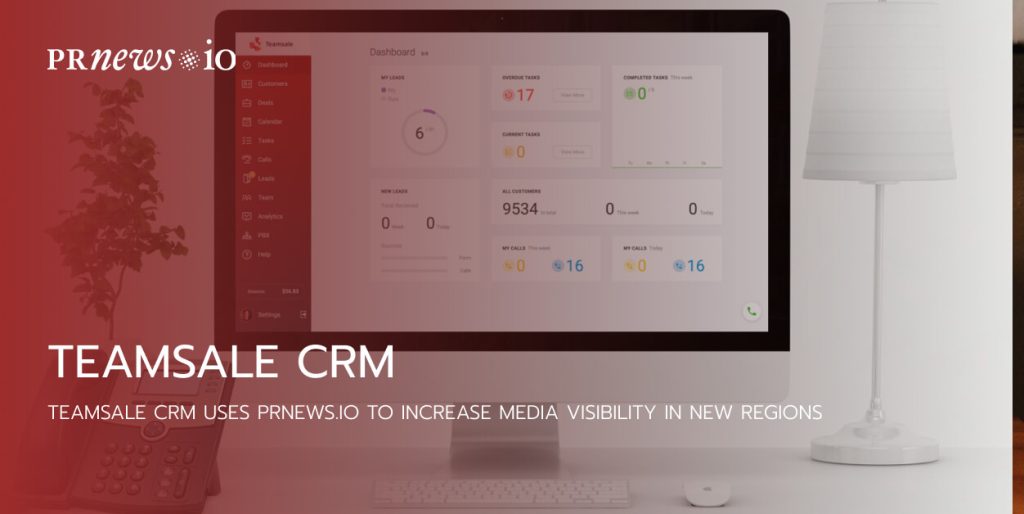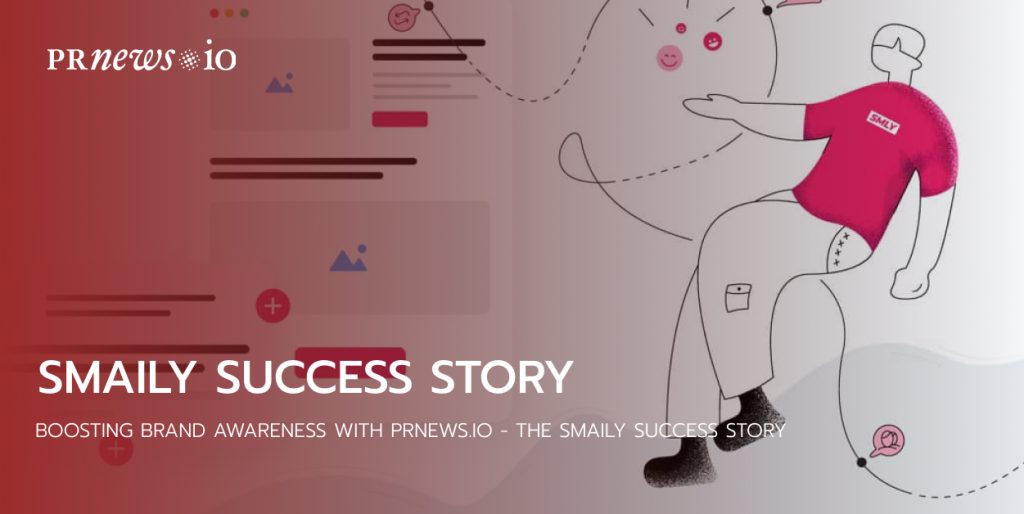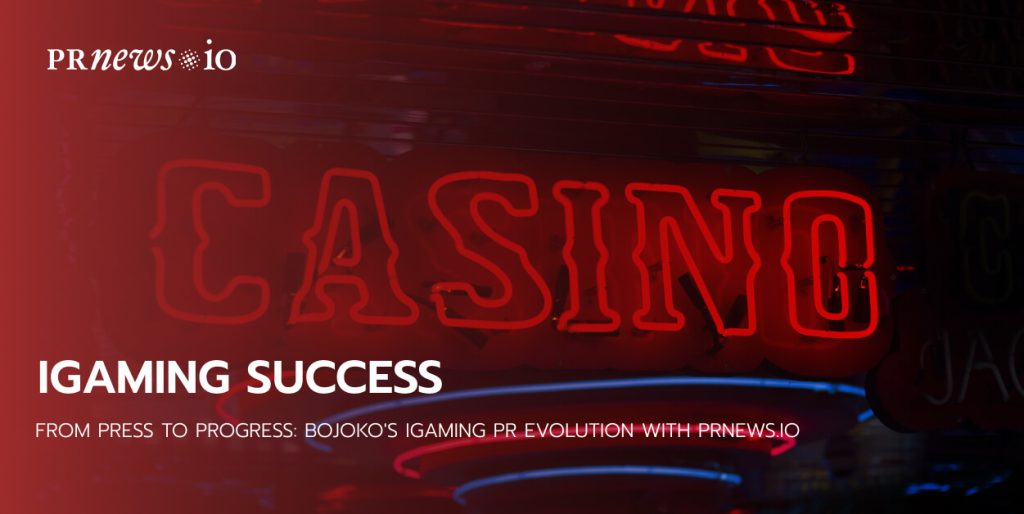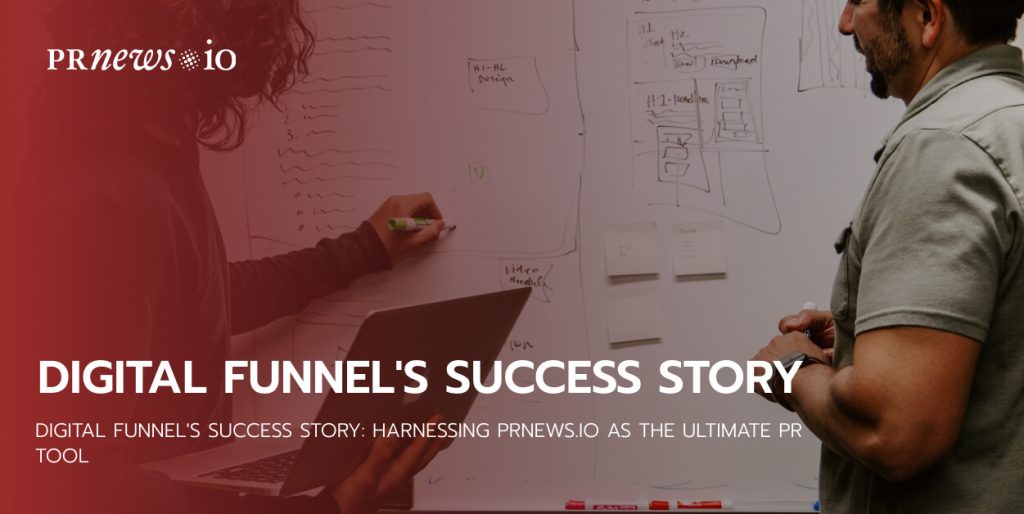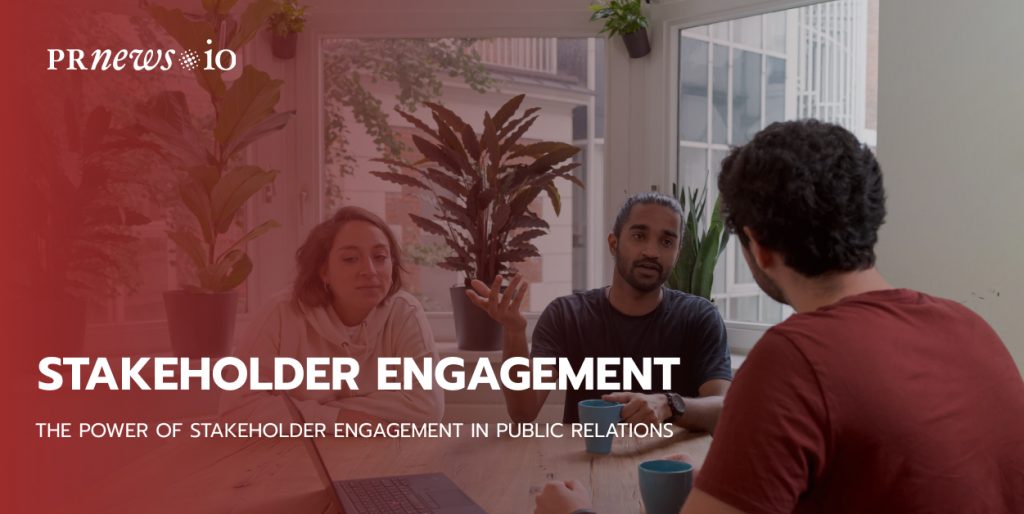
One of the key pillars of effective PR is stakeholder engagement. Engaging with stakeholders, including customers, employees, investors, communities, and advocacy groups, is vital for organizations to understand their needs, address concerns, and build trust.
Whether you are a PR practitioner, a business leader, or someone interested in understanding the intricacies of stakeholder engagement, this blog post will equip you with valuable insights and practical knowledge to strengthen your PR efforts.
Definition and Importance of Stakeholder Engagement in PR
Stakeholder engagement in public relations refers to the strategic and ongoing process of establishing and maintaining meaningful connections with individuals or groups who have a vested interest or influence in an organization. These stakeholders can include customers, employees, shareholders, government agencies, media, community members, and other relevant parties.
Stakeholders in PR include, but are not limited to:
Customers: The individuals or organizations that purchase or use a company’s products or services.
Employees: The workforce within the organization, including staff members, managers, and executives.
Shareholders and Investors: Individuals or entities who hold ownership shares or financial investments in the organization.
Media: Journalists, reporters, and media outlets that cover the organization and its activities.
Government Agencies: Regulatory bodies, legislators, and government officials who have oversight or influence over the organization’s operations.
Suppliers and Business Partners: External entities that provide goods, services, or collaborate with the organization.
Communities and NGOs: Local communities, non-governmental organizations, and advocacy groups that are affected by or have an interest in the organization’s actions.
Industry Associations: Trade associations or professional organizations representing specific industries or sectors.
Competitors: Other organizations operating in the same industry or market.
Academia: Professors, researchers, and educational institutions that may be involved in partnerships or collaborations with the organization.
Stakeholder Engagement Table
| Stakeholder | Role/Position | Level of Influence | Interest/Concerns | Communication Method |
|---|---|---|---|---|
| Employees | Staff | High | Job security, work conditions | Team meetings, company intranet |
| Customers | Buyers | High | Product quality, customer service | Email newsletters, social media |
| Shareholders | Investors | High | Financial performance, dividends | Annual general meetings, investor reports |
| Government | Regulators | High | Compliance with laws, regulations | Regulatory submissions, official meetings |
| Suppliers | Vendors | Medium | Payment terms, product demand | Supplier portals, email |
| Local Community | Residents | Medium | Environmental impact, employment | Community meetings, public forums |
| NGOs | Advocates | Medium | Social and environmental concerns | Meetings, newsletters |
| Competitors | Rivals | Low | Market share, competitive advantage | Industry events, market research |
Benefits of Effective Stakeholder Engagement
The importance of stakeholder engagement in PR cannot be overstated. Here are key reasons why it holds such significance:
Building Trust and Credibility
Engaging with stakeholders demonstrates a commitment to transparency, open communication, and accountability. By actively involving stakeholders in decision-making processes and addressing their concerns, organizations can foster trust and credibility, which are vital for maintaining positive relationships and a favorable reputation.
Enhancing Reputation and Brand Imag
Effective stakeholder engagement allows organizations to proactively manage their reputation and shape public perception. Engaging with stakeholders helps organizations better understand their expectations, needs, and values, enabling them to align their PR efforts accordingly. When stakeholders feel valued and heard, they become advocates who amplify positive messages and contribute to a strong brand image.
Improving Decision-making Processes
Engaging stakeholders brings diverse perspectives, insights, and expertise to the table. By involving stakeholders in decision-making processes, organizations can tap into valuable knowledge and gain a holistic understanding of the potential impact of their actions. This inclusive approach leads to more informed decisions that consider the interests and concerns of all stakeholders involved.
Strengthening Relationships
Stakeholder engagement fosters mutually beneficial relationships by providing platforms for meaningful interactions. Through ongoing dialogue and collaboration, organizations can establish strong connections with stakeholders, leading to long-term partnerships, support during crises, and increased loyalty. These relationships form a foundation for successful PR initiatives and help organizations navigate challenges more effectively.
Importance of mapping stakeholders and their interests
Mapping stakeholders involves identifying and analyzing their interests, concerns, expectations, and levels of influence. This process is crucial for effective PR planning and engagement strategies.
Understanding stakeholders’ interests and preferences allows PR professionals to customize their messaging and communication channels. By addressing stakeholders’ specific concerns and motivations, organizations can enhance the relevance and effectiveness of their PR efforts.
Stakeholder mapping helps identify potential risks and opportunities associated with an organization’s activities. By anticipating stakeholder reactions and concerns, organizations can proactively mitigate risks, respond effectively, and capitalize on opportunities to gain support and build positive relationships.
Tools and Techniques for Stakeholder Engagement
Surveys and Feedback Mechanisms
Surveys are a widely used tool for gathering feedback and opinions from stakeholders. Online surveys, questionnaires, or feedback forms can be distributed through various channels, including email, websites, or social media platforms. Surveys allow organizations to collect quantitative data and measure stakeholder satisfaction, preferences, and concerns. It is essential to design surveys with clear and concise questions to encourage participation and ensure meaningful insights.
Focus Groups and Interviews
Focus groups and interviews provide a qualitative approach to stakeholder engagement. They involve gathering a small group of stakeholders or conducting one-on-one interviews to explore their opinions, perceptions, and experiences in depth. Focus groups foster interactive discussions among participants, while interviews allow for individual insights. These methods can reveal nuanced perspectives, uncover underlying motivations, and generate rich qualitative data that complements survey findings.
Community Outreach and Events
Engaging stakeholders through community outreach initiatives and events provides opportunities for face-to-face interactions and relationship-building. Organizations can organize town hall meetings, open forums, or public consultations to gather input, address concerns, and foster dialogue. Community events, such as workshops, conferences, or volunteer programs, enable organizations to connect with stakeholders on a personal level, showcase their commitment, and generate goodwill.
Collaborative Platforms and Online Forums
In today’s digital age, organizations can leverage collaborative platforms and online forums to engage stakeholders. These platforms provide spaces for stakeholders to share ideas, ask questions, and collaborate on initiatives. Online forums, social media groups, or dedicated platforms allow for ongoing discussions, knowledge-sharing, and crowdsourcing of ideas. It is crucial for organizations to actively monitor and participate in these platforms to ensure timely responses and demonstrate their commitment to stakeholder engagement.
Each tool and technique mentioned above has its strengths and considerations. The selection of specific tools should align with the organization’s goals, stakeholder characteristics, and available resources. A combination of these approaches can provide a comprehensive and diverse engagement strategy, allowing organizations to capture insights, foster relationships, and make informed decisions while involving stakeholders in the PR process.
Overcoming Challenges in Stakeholder Engagement
Stakeholders often have diverse and sometimes conflicting interests, which can pose challenges in stakeholder engagement. To address this challenge:
- Seek areas of shared interests among stakeholders to find common goals and bridge differences.
- Provide a platform for stakeholders to openly express their perspectives, listen actively, and encourage constructive discussions.
- Explore win-win solutions that balance stakeholder interests and consider the organization’s objectives.
Managing Expectations and Communication Gaps
Effective stakeholder engagement requires managing expectations and bridging communication gaps. Consider the following approaches:
- Set realistic expectations
- Establish clear communication channels
- Provide regular updates
Continuously evaluate the changing landscape and reassess stakeholders’ priorities, interests, and concerns. Stay connected with stakeholders through ongoing dialogue, surveys, and feedback mechanisms to stay informed about their evolving needs.
Successfully overcoming these challenges requires a proactive and adaptive approach. By addressing conflicting interests, managing expectations, handling criticism, and staying responsive to evolving stakeholder needs, organizations can navigate these hurdles and build strong, trust-based relationships with their stakeholders.
Content Marketing Platform
- 100,000+ media publications;
- get backlinks to your product;
- scale work with content distribution.

